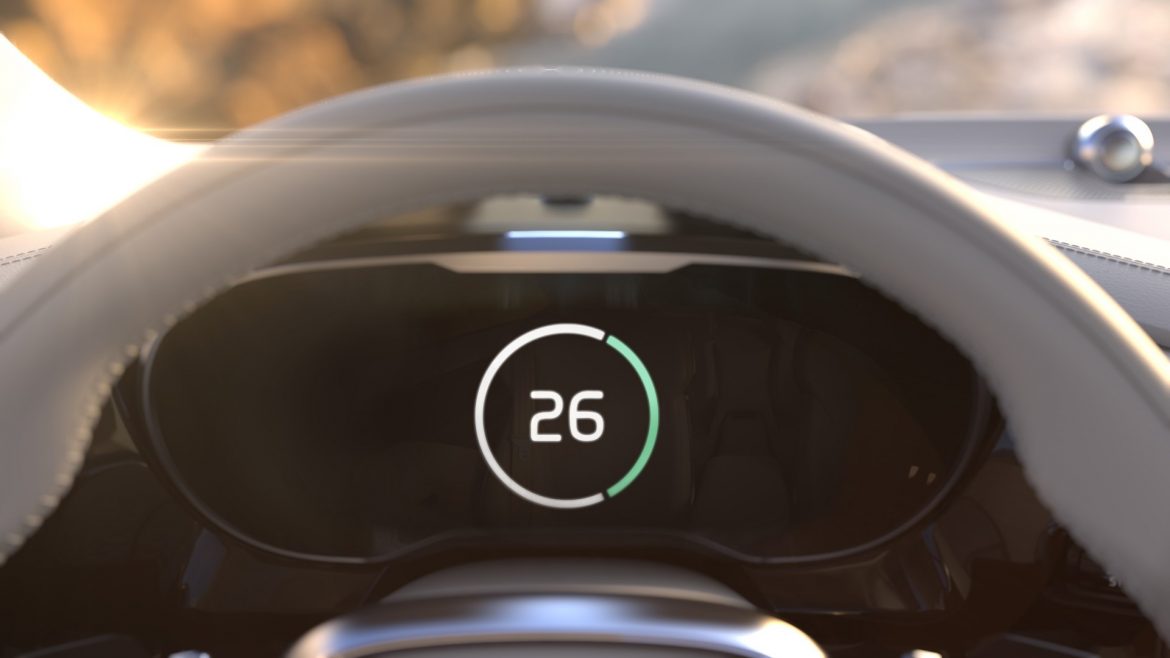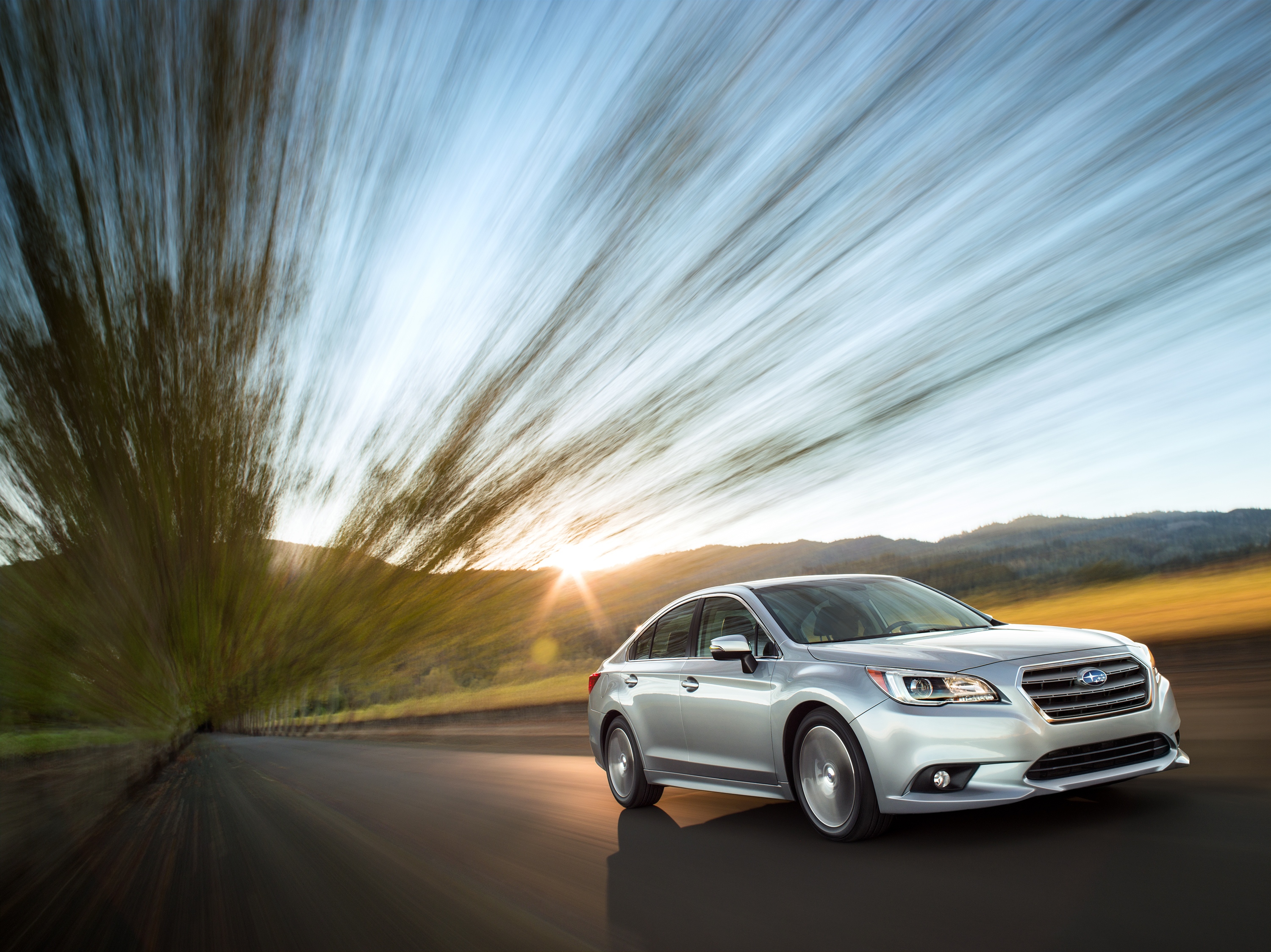To the purists, dashboard cameras are more ways for faceless companies to make money and ruin the experience of driving. For others, a camera on the front and rear of a vehicle makes them more secure behind the wheel. Which one are you?
Car cameras split opinion more than you might realize. As a result, it’s not surprising to see that the number of vehicles that have them in the US, compared to those that don’t, are neck and neck. As a driver who wants unbiased advice, this doesn’t make your life any easier. Essentially, the question of whether you should invest in front and rear dash cameras is unanswered.
In many ways, you can’t rely on your fellow motorists to help you in this respect. It’s a personal decision, so, you guessed it, you’re the one with the final say. Still, it pays to understand the pros and cons, as a better knowledge of the subject will encourage you to make an informed decision.
With that in mind, here is a selection of the features you should contemplate before signing on the dotted line. As long as the pros outweigh the cons, then they are worth the hassle. Otherwise, dashboard cameras require a rethink.
THE PRICE
As a car owner, you’re always searching for ways to lower the costs of running a vehicle. Initially, it’s about avoiding wastage on your next purchase. Then, it’s about finding the cheapest and most effective possible insurance. Finally, it’s about the mod-cons all cars have or are eligible to have installed.
It’s hard to argue that the upfront price is low because it isn’t. Sellers are stupid, which is why they charge around double for a front and rear dash camera. So, even if you buy two separately, you’ll have to fork out as much as $200 for quality, high-definition images. Cheaper models are available, but they are still upward of $100.
Also, you have to consider your peace of mind. You want cameras to keep you safe. However, if the quality is grainy and pixelated because you cut corners, your investment will be counterproductive. On the flip side, you might believe it is worth the money, in which case, it’s worth checking out the latest releases and included features.
As with most purchases, buying a front and rear dashboard camera boils down to whether you have disposable income.
EVIDENCE FOR ACCIDENTS
If you think about it, the presence of a dashboard camera won’t make you any safer behind the wheel. It only takes a small mistake for an accident to occur, and Lady Luck doesn’t care whether your vehicle is equipped with cameras. Plus, most bad drivers aren’t put off by the fact they are being recorded.
So, what’s the point of them? The answer is simple – they are evidence. Ask an auto accident attorney and they’ll tell you that almost one-third of all traffic incidents are rear-end collisions. That is a considerable percentage. As a result, it makes sense to cover your back (literally) by installing a camera.
Firstly, the footage will show who is to blame and who isn’t at fault. This is essential to figure out because some motorists aren’t willing to own up to their mistakes if they can get away with them. Therefore, you could end up having to pay for repairs, which will add insult to injury. Secondly, your insurance premiums should remain the same. While a collision does impact your policy, it’s worse if you’re the guilty party as your insurance company has to pick up the tab. In retaliation, your costs increase as they know you’re not a trustworthy driver.
The first rule of an accident is to collect as much information as possible. Front and rear cameras do it automatically.
INSTALLATION
An advert makes the installation process look straightforward. Simply plug in your camera and you’re ready to drive unaided! Isn’t that brilliant?! It would be if installing a dashboard device was as simple as the “experts” make out.
To begin with, you have to consider the position of the camera. Not only do you need it to have a clear view of the road, in front and behind, but it can’t block the windshield. This is the law, and a camera that is judged to do so is illegal – you may be fined – and inadmissible in court.
Then, there is the tricky part of connecting it to a server. Without a server, you can’t be sure that the device will record an incident. After all, there may be no storage space left as a vehicle hits your fender. Apart from the tech-savviness you require, a typical home setup will add to the expense of installation.
Stumbling blocks are everywhere, so you need to make sure you are skilled enough to install a camera. Otherwise, you’ll need to rely on an installation specialist.
LEARNER DRIVERS
Learner drivers, especially young teenagers, need experience under their belts to make them safer on the roads. To do that, parents typically have to lend them their cars. While it’s healthy for them to be independent, you can’t help but worry about them when you’re not in the passenger seat.
The stats don’t lie – young people are more likely to be involved in accidents. Thankfully, a dash cam can lend an assist. By being there, your kids, or whoever borrows your car, knows they have to drive sensibly. Otherwise, there is evidence to say they were at fault.
Cameras are proven to encourage inexperienced drivers to be safer on the roads, which for parents, is imperative. They won’t make them fully secure, but at least it’s one step closer to not stressing out every time your learner driver asks to borrow your keys!
If it’s one percent safer, it’s a positive feature for parents.
WHAT SHOULD YOU DO? A SUMMARY
There are lots of factors to consider. The main one is the price of front and rear dash cams. If you can afford them, they will record everything, acting as proof for any accidents and giving young drivers more confidence.
Photo Credit: Volvo


